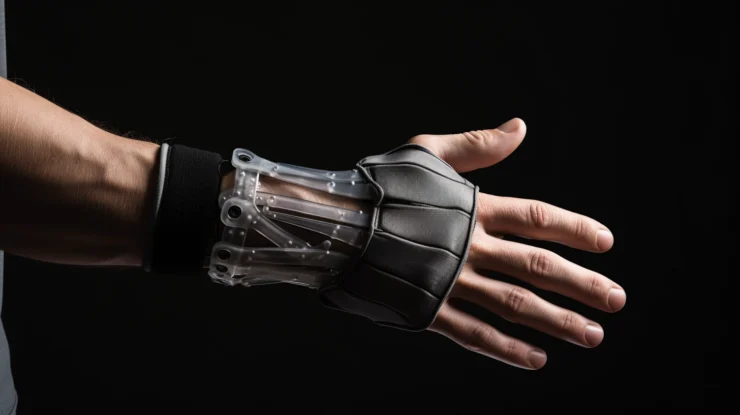In the realm of orthopedic care, the role of braces, splints, and supports in the recovery process cannot be overstated. These supportive solutions play a crucial role in aiding rehabilitation, providing stability, and promoting healing. Whether recovering from an injury, managing a chronic condition, or seeking preventive measures, understanding the significance of these orthopedic aids is essential for a comprehensive approach to wellness.
Stabilizing the Journey
At the core of the role of braces, splints, and supports is the concept of stability. Whether supporting a weakened joint or immobilizing a fracture, these devices are designed to stabilize the affected area, reducing strain and preventing further damage. The stability they provide becomes a cornerstone in the recovery journey, offering individuals the confidence to move and engage in rehabilitative exercises.
Promoting Proper Alignment
Orthopedic conditions often involve issues with joint alignment or muscle imbalances. Braces and supports are tailored to address these specific concerns by promoting proper alignment. By gently guiding joints into the correct position, these devices help alleviate discomfort and facilitate the body’s natural healing processes. Maintaining proper alignment is particularly crucial during recovery to prevent additional stress on injured or weakened structures.
Accelerating Healing
The application of braces, splints, and supports aids in accelerating the healing process. By minimizing unnecessary movement and providing targeted compression, these devices create an environment conducive to tissue repair. Additionally, some supports incorporate advanced materials that offer heat or cold therapy, further enhancing blood circulation and reducing inflammation—a key factor in expediting recovery.
Customized Support for Various Conditions
One of the remarkable aspects of braces, splints, and supports is their versatility in addressing a wide range of orthopedic conditions. From sports injuries and fractures to chronic conditions like arthritis, these devices can be customized to provide the specific support needed for each individual case. This adaptability ensures that patients receive tailored solutions that cater to their unique requirements, promoting optimal recovery outcomes.
Preventive Measures and Lifestyle Support
Braces and supports are not solely reserved for those in recovery; they also play a vital role in preventive care and lifestyle support. Athletes, for example, often use braces to protect joints from potential injuries during physical activities. Similarly, individuals with conditions like carpal tunnel syndrome or tendinitis can benefit from wearing supports to manage symptoms and prevent further strain.
Encouraging Patient Compliance
The comfort and effectiveness of modern braces and supports contribute to increased patient compliance with rehabilitation protocols. Unlike rigid and uncomfortable devices of the past, today’s orthopedic aids are often designed with breathable materials and ergonomic features, ensuring that individuals are more likely to wear them consistently as prescribed by healthcare professionals.
In the intricate dance of recovery, braces, splints, and supports emerge as steadfast partners, providing the stability and assistance necessary for individuals to reclaim their mobility and well-being. From stabilizing joints to promoting proper alignment and accelerating healing, these orthopedic aids are indispensable in various stages of rehabilitation. As technology advances and innovations in materials continue, the future promises even more effective and comfortable supportive solutions, unlocking new possibilities for those on the journey to recovery and overall musculoskeletal wellness.
BRACE FOR STRENGTH, SPLINT FOR STABILITY, SUPPORT FOR RECOVERY































